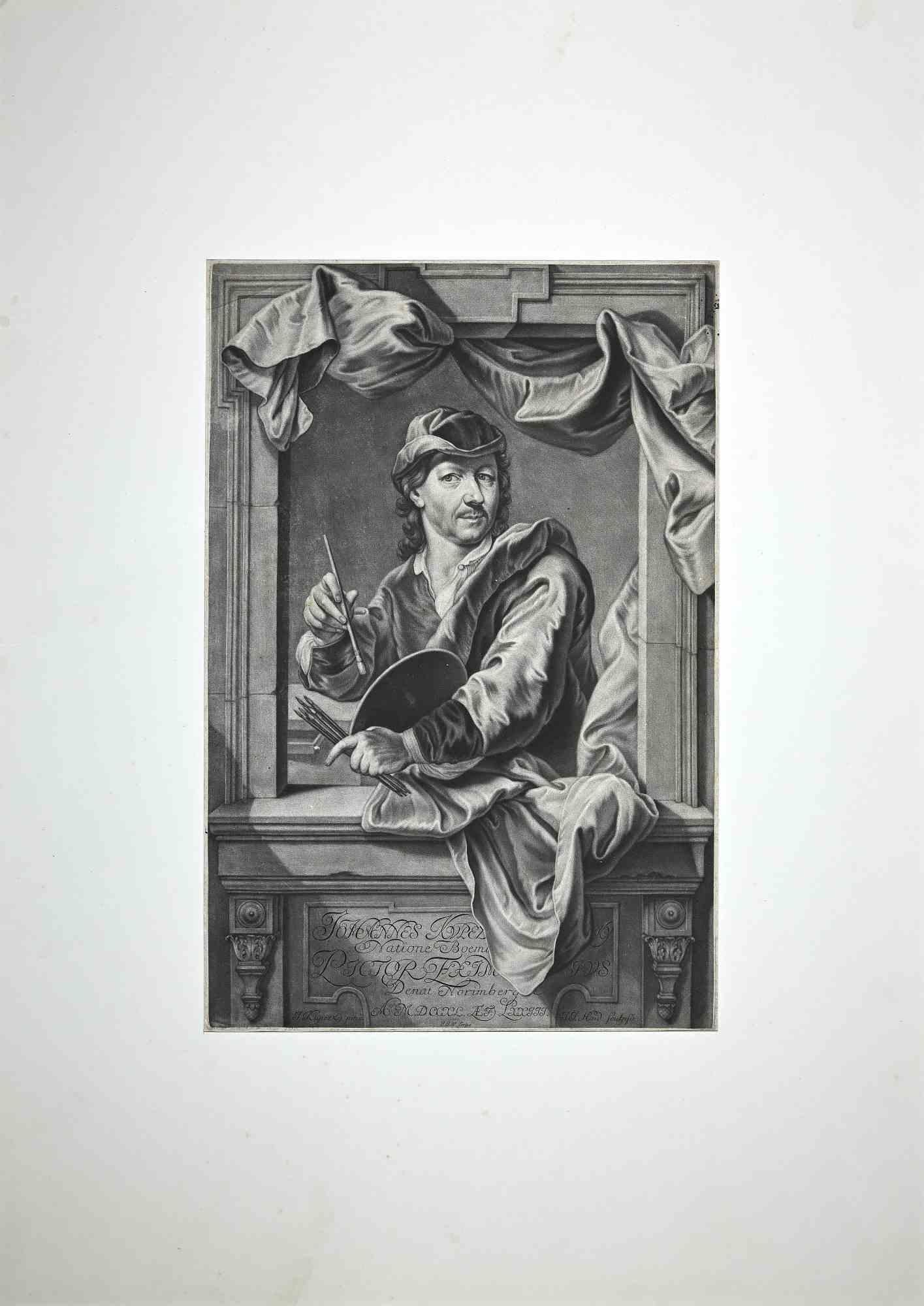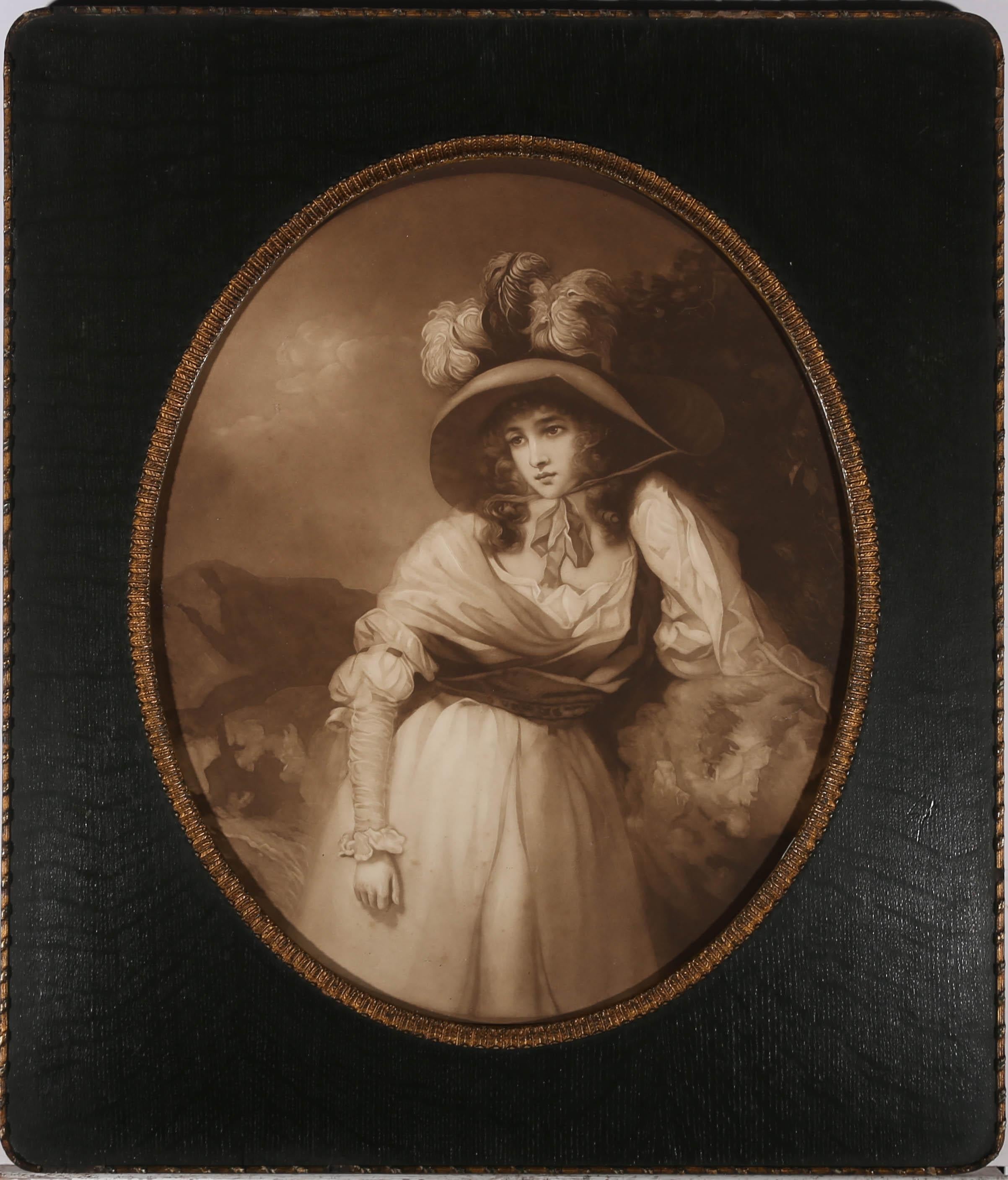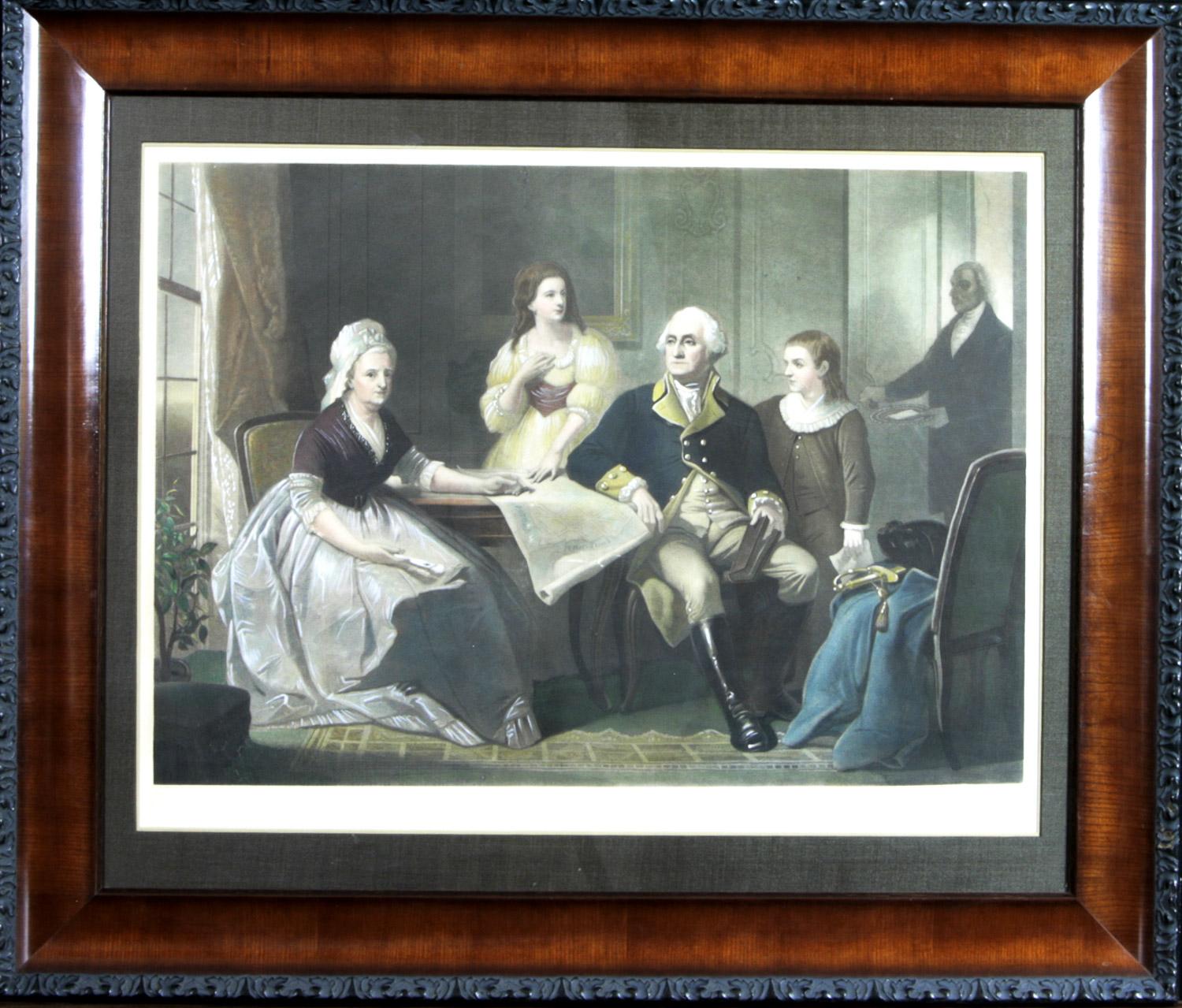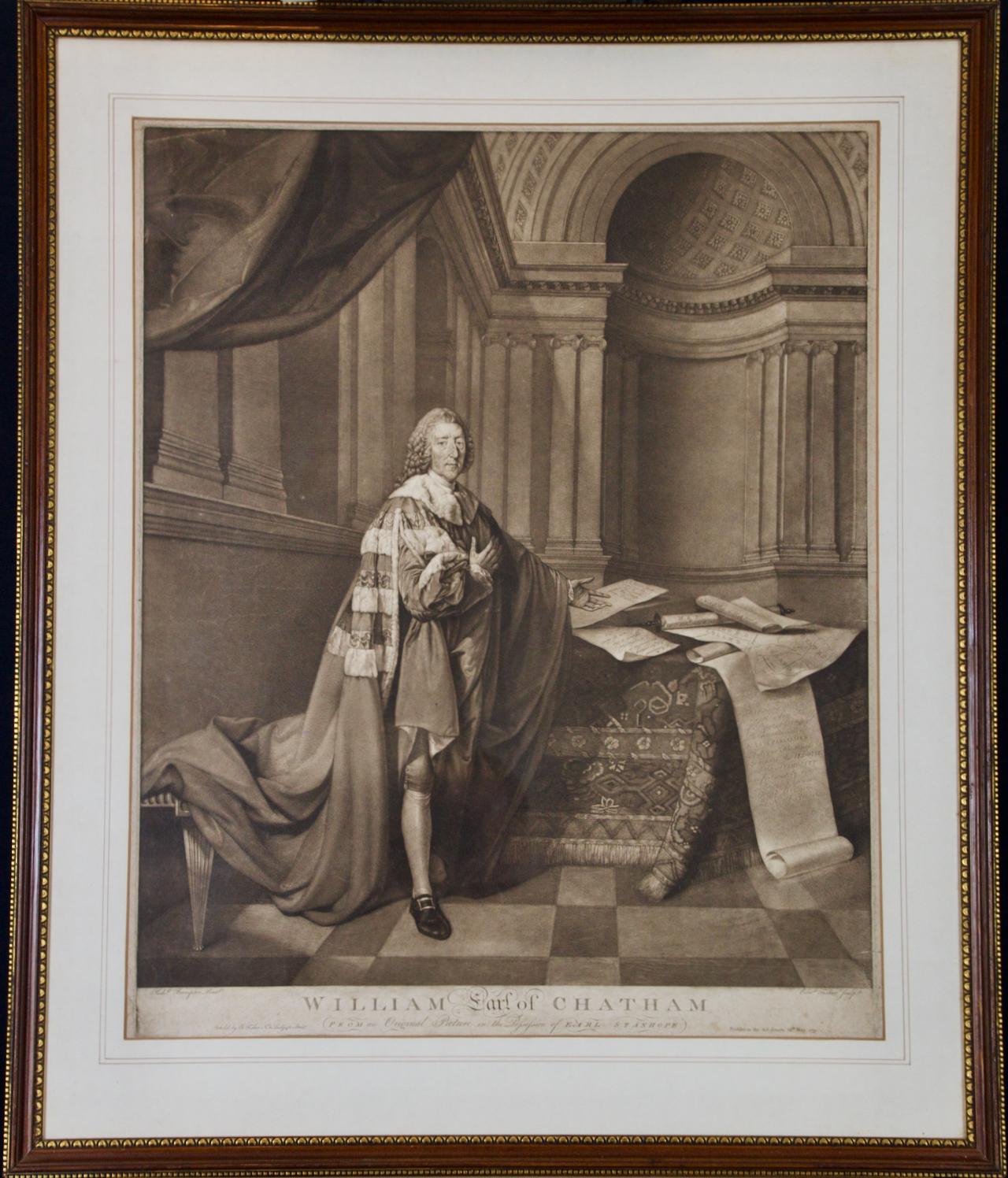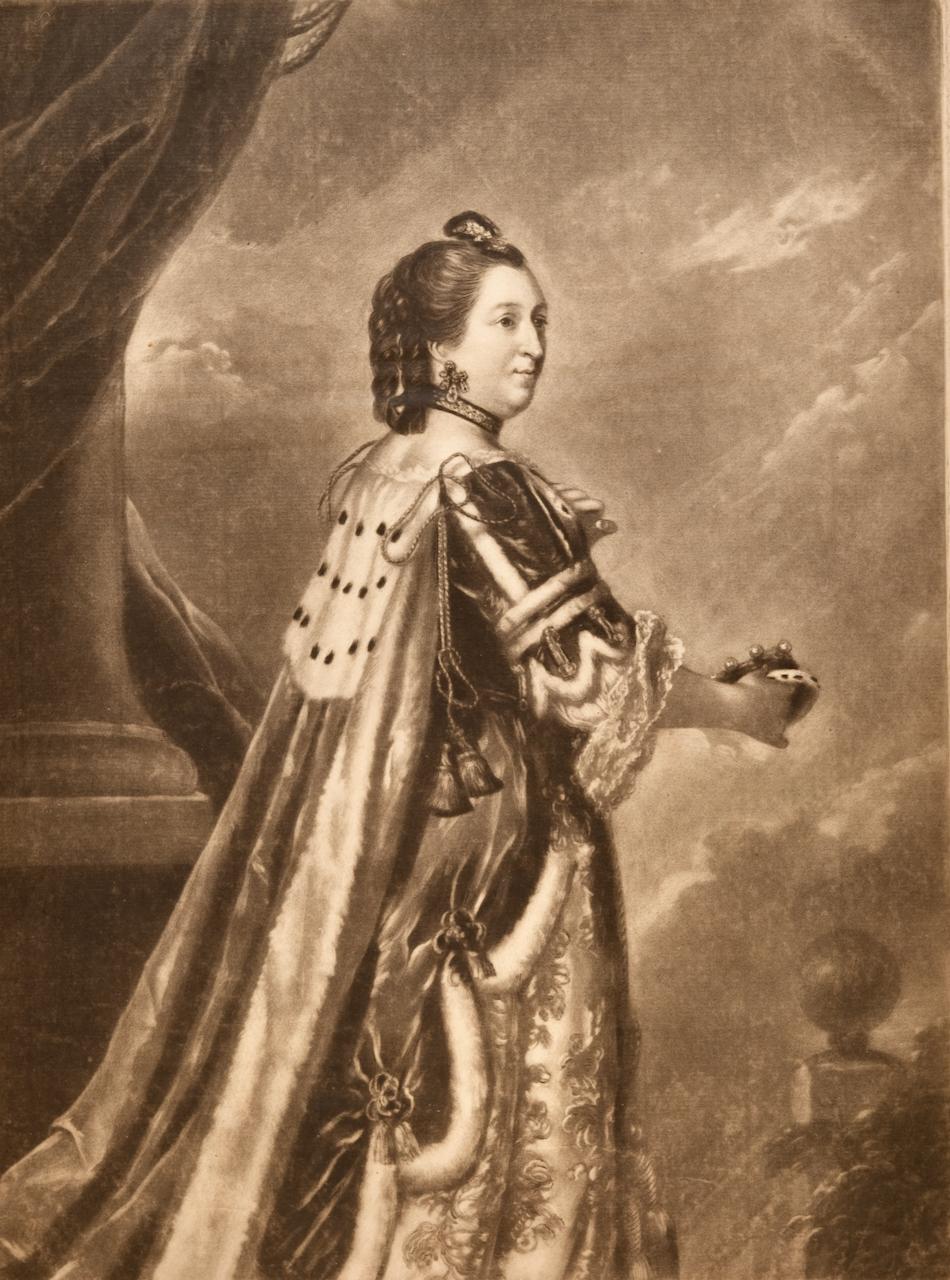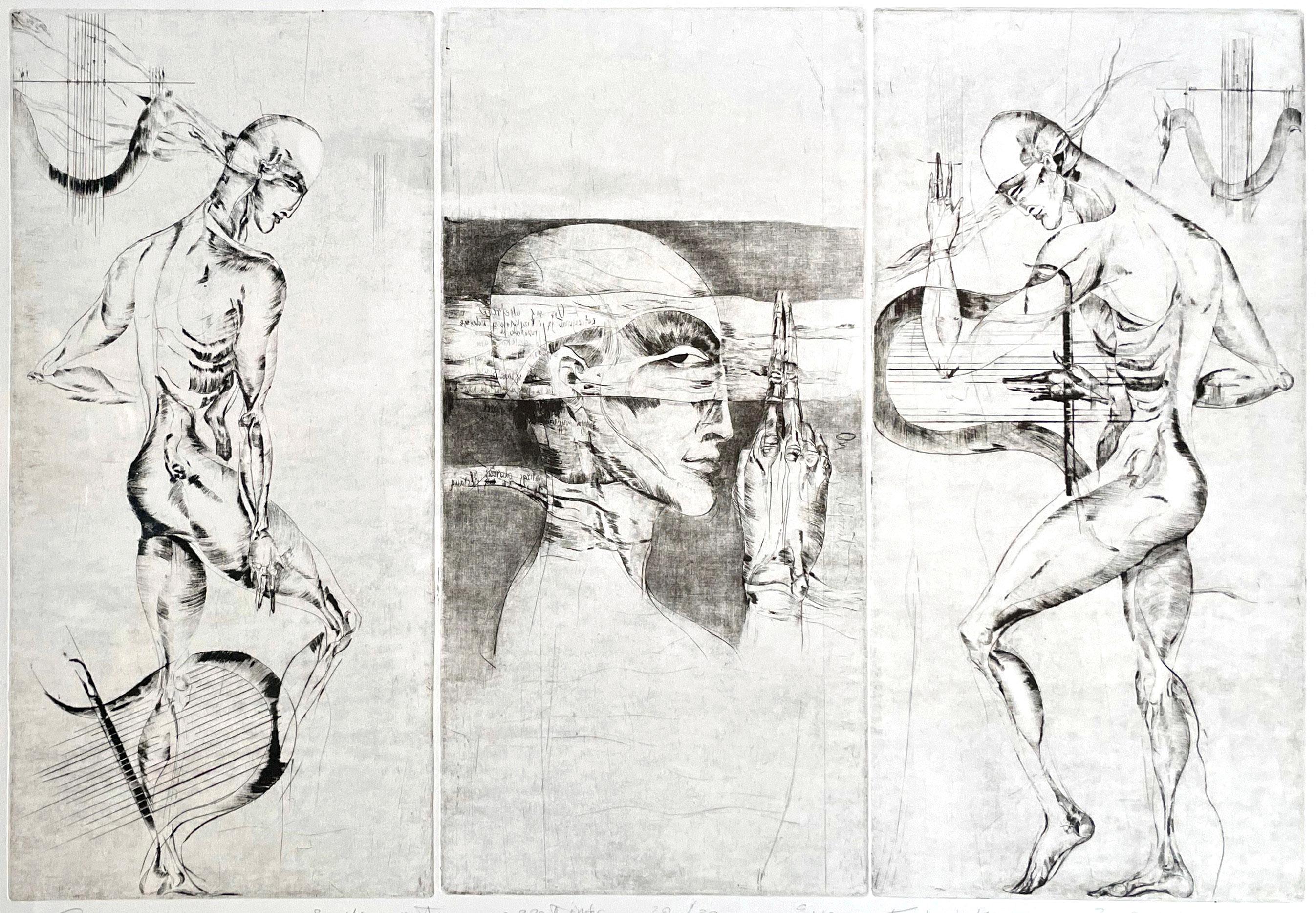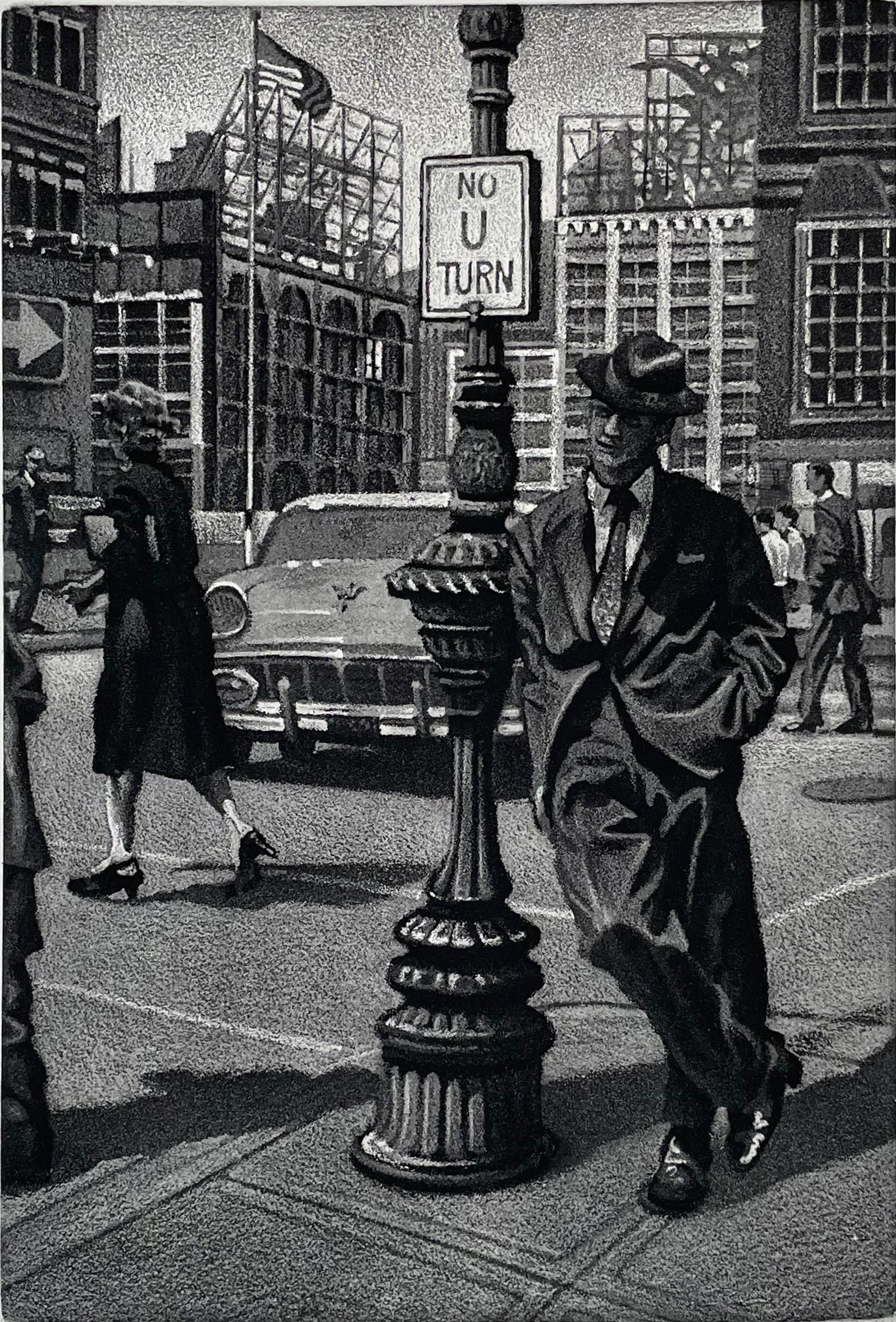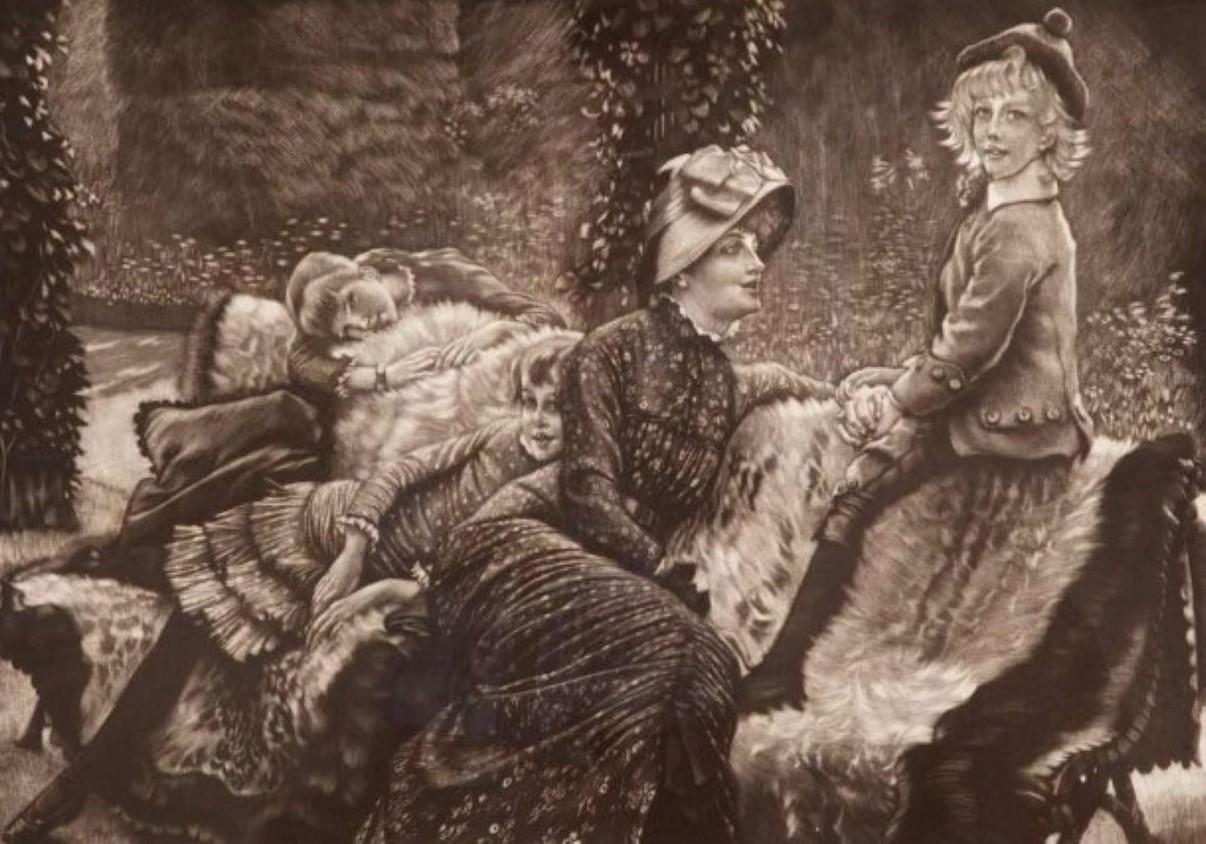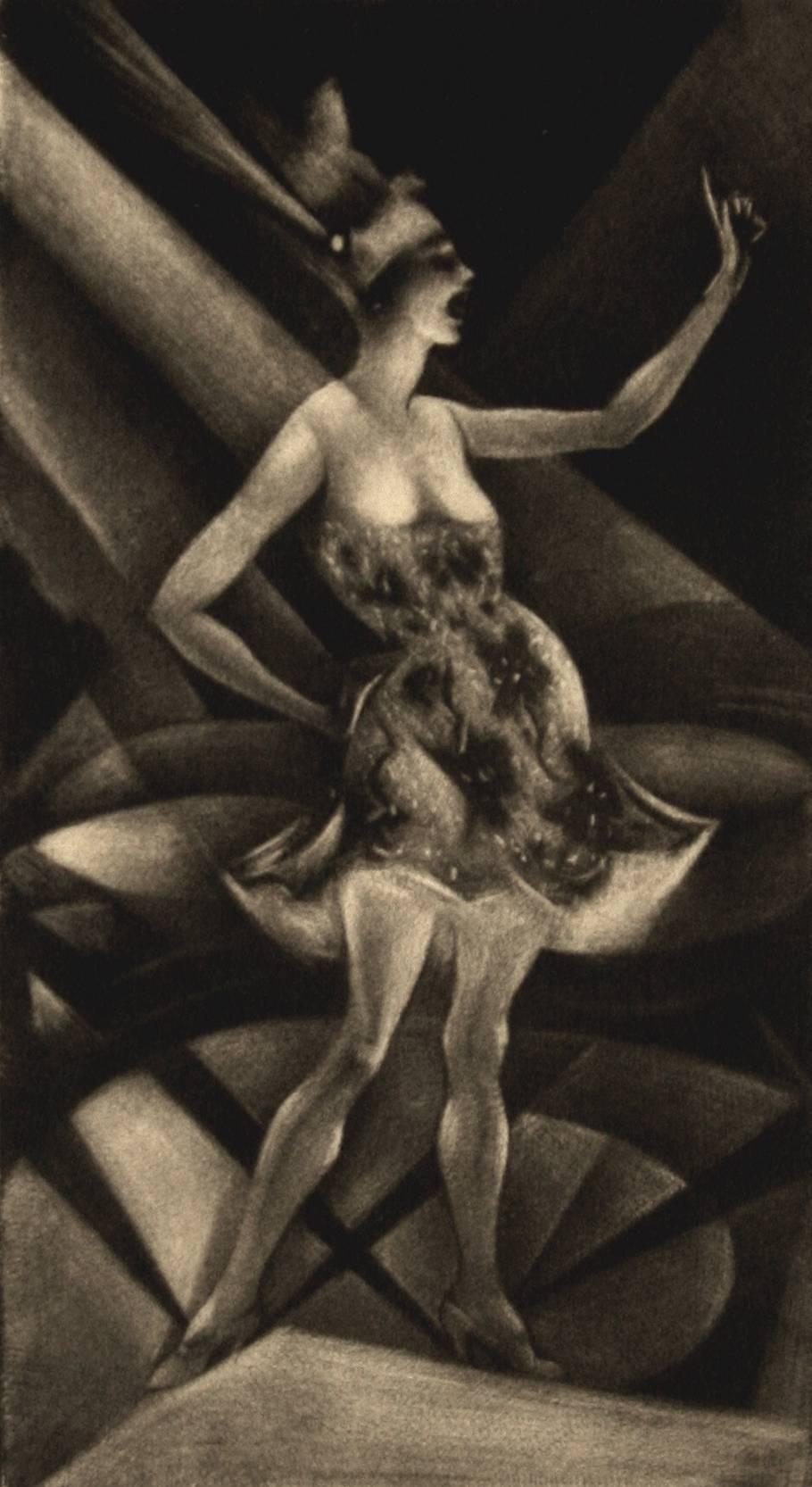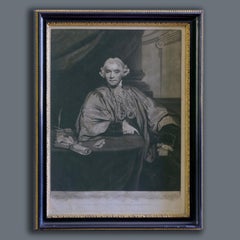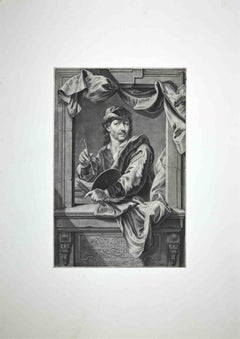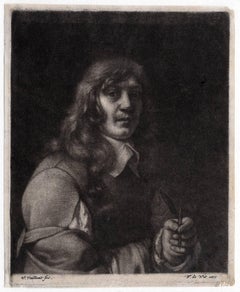
Untitled - Portrait of painter Jacob van der Does.
1 of 1
Wallerant VaillantUntitled - Portrait of painter Jacob van der Does.Circa 1660
Circa 1660
About the Item
- Creator:Wallerant Vaillant (1623 - 1677, Dutch)
- Creation Year:Circa 1660
- Dimensions:Height: 6.93 in (17.6 cm)Width: 5.63 in (14.3 cm)
- Medium:
- Period:Mid-17th Century
- Condition:Small margins, lower right corner reinforced.
- Gallery Location:Zeeland, NL
- Reference Number:Seller: 50343 - Q1-361stDibs: LU59231789123
You May Also Like
- After Sir Joshua Reynolds, 18th Century Mezzotint Portrait of John Hely-HutchinsLocated in London, GBA scarce mezzotint engraved by James Watson published in May,1778. Proof before title; the image has maintained is rich dark tonality. John Hely-Hutchinson (1724-1794) was a politician, lawyer and Provost of Trinity College, Dublin. Born in Gortroe, County Cork in 1724, he graduated from Trinity College in 1744, and swiftly built up a good practice at the Bar. From 1760 until his death he represented Cork in Parliament. Promotion to the post of Prime Serjeant followed in 1761 and on most issues he supported the Government, and acquired several lucrative offices. His appointment as Provost of Trinity as a married layman who had not been a Fellow was a continued source of friction as the Fellows resented the imposition of what they perceived as a career politician with no pretensions to scholarship. He was sympathetic to Catholic Emancipation...Category
18th Century English School Portrait Prints
MaterialsMezzotint
- Portrait of Sculptor John Michael Rysbrack - Mezzotint by John Faber II - 1734By John Faber IILocated in Roma, ITPortrait of Sculptor John Michael Rysbrack, from John Vanderbank is an original mezzotint artwork realized in 1734 by John Faber II (L'Aia 1684 ca. - Londra 1756). Signed and dated ...Category
1730s Old Masters Portrait Prints
MaterialsMezzotint
- Minnie Cormack (1862-1919) After Morland - Mezzotint, Portrait of a Young LadyBy Minnie CormackLocated in Corsham, GBA charming portrait mezzotint of a young lady with a well-plumed hat by Minnie Cormack (1862-1919), thought to be after one of a pair of works by George Morland (1763-1804). Wearing ...Category
Early 20th Century Portrait Prints
MaterialsMezzotint
- Washington and His Family by William Sartain 1884 framedBy William SartainLocated in Paonia, COWashington and His Family published in Philadelphia in 1884 by Bradlee & Co. This impressive mezzotint was engraved by William Sartain after a painting by the well-known Philadelphia artist Christian...Category
1880s Other Art Style Portrait Prints
MaterialsMezzotint
- Portrait of William Pitt, Earl of Chatham: Rare Framed Mezzotint after BromptonBy Edward FisherLocated in Alamo, CAThis is a large framed very rare hand-colored copperplate mezzotint engraved portrait of William Pitt, the Elder, 1st Earl of Chatham by Edward Fisher, published in London in 1779 after a painting by Richard Brompton. Pitt is depicted attired in a flowing regal appearing cape, standing in an ornate room with his left hand outstretched over a serious of manuscripts and scrolls that are laying on a table or desk to his left. The table is covered by a beautiful oriental carpet. The manuscripts include the Magna Carta, a map of the colonies, including Long Island and Staten Island, and papers entitled "A Plan for the Reconciliation between Great Britain and the Colonies", "A Motion Made in 1775 for the Recall of Troops from Boston", "A Provisional Act for Settling the Troubles in America Offered to the House of Lords in 1775", and "It is doing Nothing to repeal a few Scraps of Paper or Pieces of Parchment called Acts of Parliament. But our Business is to repeal the Ill-Will and the Animosity unfortunately now subsisting between Great Britain and North America". This engraving is held by the British Museum and the British Royal Collection Trust. This large framed mezzotint engraving is presented in a brown wood frame with gold-colored beaded inner and outer trim, and a cream-colored French mat. The frame measures 31.63" high by 26.63" wide by 0.75" deep. There are three short tears along the right edge and mild creasing in the left upper, left lower and right lower corners. It is otherwise in very good condition. William Pitt (1708-1778) was a member of the British parliament from 1735 to 1761 and prime minister from 1766 to 1768. Pitt was an advocate for the American colonies leading up to the War of Independence. He called for an amiable relationship between Great Britain and the colonies and opposed the Stamp Act and military action in America. He advocated for a withdrawal of English troops from Boston in 1775 and the settling of troubles in America, as two of his manuscripts on the table outline. Pitt's colleague, Lord Shelburne (later the Marquess of Lansdowne) shared his sympathies and after Pitt's death, signed a peace treaty with the United States in 1782. The American city of Pittsburgh, Pennsylvania is named for William Pitt, the Elder. The name originated when the conflict between the British and French over territorial claims in the Northeast were settled in 1758. General John Forbes and his British army, supported by the American colonial troops, expelled the French from Fort Duquesne (which had been constructed by the French in 1754). Forbes re-named the site for William Pitt the Elder, who at the time was a British statesman. The earliest known reference to the new name, Pittsburgh, is in a letter sent from General John Forbes to Pitt, dated November 27, 1758. Pitt's son, William Pitt, the Younger, like his father, also served as British Prime Minister. Edward Fisher (1730-1785) was born in Ireland in 1730. He was originally a hatter, but learned engraving in London. He became a member of the Incorporated Society of Artists in 1766, and exhibited there fourteen times between 1761 and 1776. He engraved more than sixty portraits. In addition to this portrait of William Pitt, Earl of Chatham, after Richard Brompton he engraved several portraits after Brompton, including George, Earl of Albemarle, as well as engraved portraits after paintings by Joshua Reynolds, including the Shakespearean actor David Garrick, Hugh, Earl of Northumberland, and Elizabeth, Countess of Northumberland and Laurence Sterne, and Hope Nursing Love, as well as Robert Brown, after Mason Chamberlin, Colley Cibber, after Jean-Baptiste van Loo, Christian VII of Denmark, after Nathaniel Dance, Simon, Earl Harcourt, after Hunter, Roger Long, after Benjamin Wilson...Category
Late 18th Century Old Masters Portrait Prints
MaterialsMezzotint
- The Duchess of St. Albans: A 17th C. Portrait After a Kneller PaintingBy (After) Sir Godfrey KnellerLocated in Alamo, CAThis is a 17th century engraved mezzotint portrait of the Duchess of St. Albans by John Smith, after a painting by Sir Godfrey Kneller. It was published in London by John Boydell in 1694. The Duchess of St. Albans (1642-1712) was a woman named Diana de Vere. She was born in 1642, the daughter of Aubrey de Vere, the 20th Earl of Oxford. In 1662, she married Charles Beauclerk, the illegitimate son of King Charles II and his mistress, Nell Gwyn. As a result of her marriage, Diana became the Duchess of St. Albans, and she and Charles had several children together. Diana was known for her beauty and charm, and she was a prominent figure in the court of King Charles II. Despite her husband's illegitimate birth, Diana was highly respected in the royal court and was known for her intelligence and wit. She was a patron of the arts and supported many artists and writers of the time. Diana lived through a tumultuous period of English history, including the Great Fire of London and the Glorious Revolution, which saw King James II replaced by William of Orange. She died in 1712 at the age of 70 and was buried in Westminster Abbey. Descendants of Diana and her husband, who was an illegitimate son of King Charles II, include Diana, Princess of Wales and her son William, Duke of Cambridge. An author wrote of her: "The line of Vere, so long renown’d in arms, Concludes with luster in St. Albans’s charms; Her conquering eyes have made their race complete, It rose in valor, and in beauty set." This striking mezzotint engraving depicts Diana, Duchess of St Albans in a three-quarter length pose, standing, wearing loose flowing dress and a wrap. She has a very serene, calm appearance as she is looking straight at the viewer. There is a landscape of trees in the background. The print is adhered in the corners to an archival backing, which is itself adhered in the upper corners to a larger backing. The print is trimmed to just beyond the plate mark. There are areas of discoloration in the margins and in the inscription area, but the print is otherwise in very good condition. The sheet measures 14.5" high and 10" wide. This mezzotint is held by multiple museums and institutions, including The British Museum, The National Portrait Gallery London, The Fine Arts Museum of Boston, The Lewis Walpole Library at Yale, The Yale Center for British Art, The Fitzwilliam Museum at Cambridge and The National Galleries of Scotland. The original Kneller painting is part of the British Royal Collection Trust and hangs in the King's Private Dining Room at Hampton Court Palace. Sir Godfrey Kneller (1646-1723) was a leading portrait painter of his time, particularly renowned for his depictions of the British aristocracy and royalty. He was born in Lübeck, Germany, and trained in Amsterdam under the painter Ferdinand Bol...Category
Late 17th Century Portrait Prints
MaterialsMezzotint
Recently Viewed
View AllMore Ways To Browse
Chapeau Bleu
Moroccan Mask Art
Ronald Philips
Glenda Green
Andy Warhol Art Soup
Ukiyo Project
Tin Spanish
Keisai Eisen Woodblock
Catlett Panthers
William Auerbach Levy
Food Comes First
Military Museum
Lithograph Indian Chief Art
Vintage Martial Arts
Alex Katz Limited Edition
Watts Towers
Andy Warhol Art Dracula
Pablo Picasso Original Canvas

